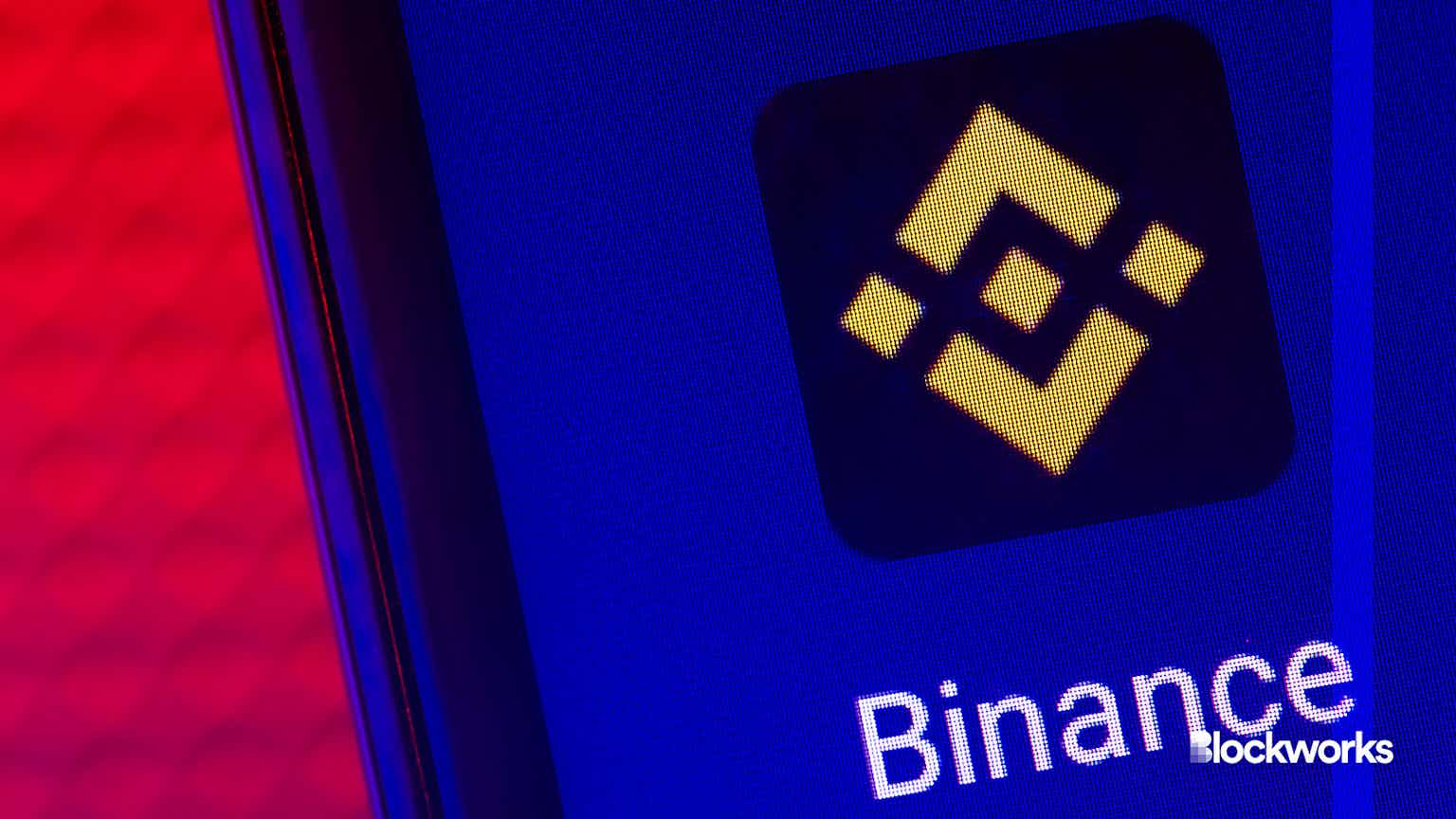Arbitrum Upgrades to Nitro Ahead of Ethereum Merge
The software upgrade will lower transaction costs on Ethereum’s largest layer-2

Source: Shutterstock
key takeaways
- Arbitrum’s upgrade one year after its original launch is indicative of a “willingness to change” in the Ethereum ecosystem, an Arbitrum executive said
- Arbitrum expects cost decreases to take hold after a “days to weeks” lag
The largest Ethereum scaling solution just got a speed boost. Arbitrum, a layer-2 rollup built to settle transactions cheaply on top of Ethereum, successfully deployed its Nitro upgrade after several hours of network downtime on Wednesday.
The successful upgrade is a positive development for Ethereum investors ahead of the Merge, but Arbitrum’s centralization tradeoff in pursuit of lower gas fees remains contentious.
Arbitrum launched Nitro exactly one year after releasing Arbitrum One, the rollup’s now-defunct first iteration.
Arbitrum expects a lag of days-to-weeks for the sequencer to bring down gas fees — paid in ether — as the system recalibrates. The protocol’s developers could not give Blockworks exact figures for how much transaction costs are expected to decrease under Nitro, but earlier in the summer, transactions fees on the network briefly surpassed those on Ethereum mainnet. Nitro solves this.
Prelude to a token
With the upgrade, Arbitrum will be re-launching Odyssey, an initiative allowing users to earn NFTs for using the ecosystem. The spike in transaction fees caused Arbitrum to pause the program in late June.
The layer-2 rollup currently allows Ethereum to scale by having a sequencer — or Arbitrum-controlled computer — validate transactions off-chain before rolling up bundles of transactions for settlement on Ethereum. Nitro will compress more transactions into each batch, meaning the layer-2 will be able to settle more transactions in fewer Ethereum blocks.
Arbitrum’s innovation has come at the expense of decentralization. The layer-2’s validators are whitelisted by the developer team, so only approved nodes can verify transactions. Arbitrum’s sequencer is run in-house.
Arbitrum has hinted that a decentralized sequencer is in the works, and the company has plans to unveil some of its validators. In the meantime, the company thinks users have little reason to worry about centralization.
“[Arbitrum’s] sequencer is pretty limited in what it can do,” Goldfeder said. “The sequencer could never submit bad transactions or censor transactions.”
Like the optimistic rollup’s chief rival Optimism, the path to decentralization is widely expected to involve the issuance of a token, for which the Odyssey NFTs may be a precursor.
Arbitrum’s upgrade comes two weeks before the Ethereum Merge to proof-of-stake (PoS). The timing is coincidental but points to a spirit of tinkering within the Ethereum ecosystem, Steven Goldfeder, CEO of Arbitrum developer Offchain Labs, told Blockworks.
“There are certain blockchains like Bitcoin that [are] very anti-change. I might say it’s ossified. And then there are blockchains like Ethereum that are willing to reinvent themselves, in a secure way, that’s measured and takes time but is done really thoughtfully,” Goldfeder said.
Ethereum has bet layer-2s can fix its scalability problem. Arbitrum looks to be a promising example.
Start your day with top crypto insights from David Canellis and Katherine Ross. Subscribe to the Empire newsletter.





